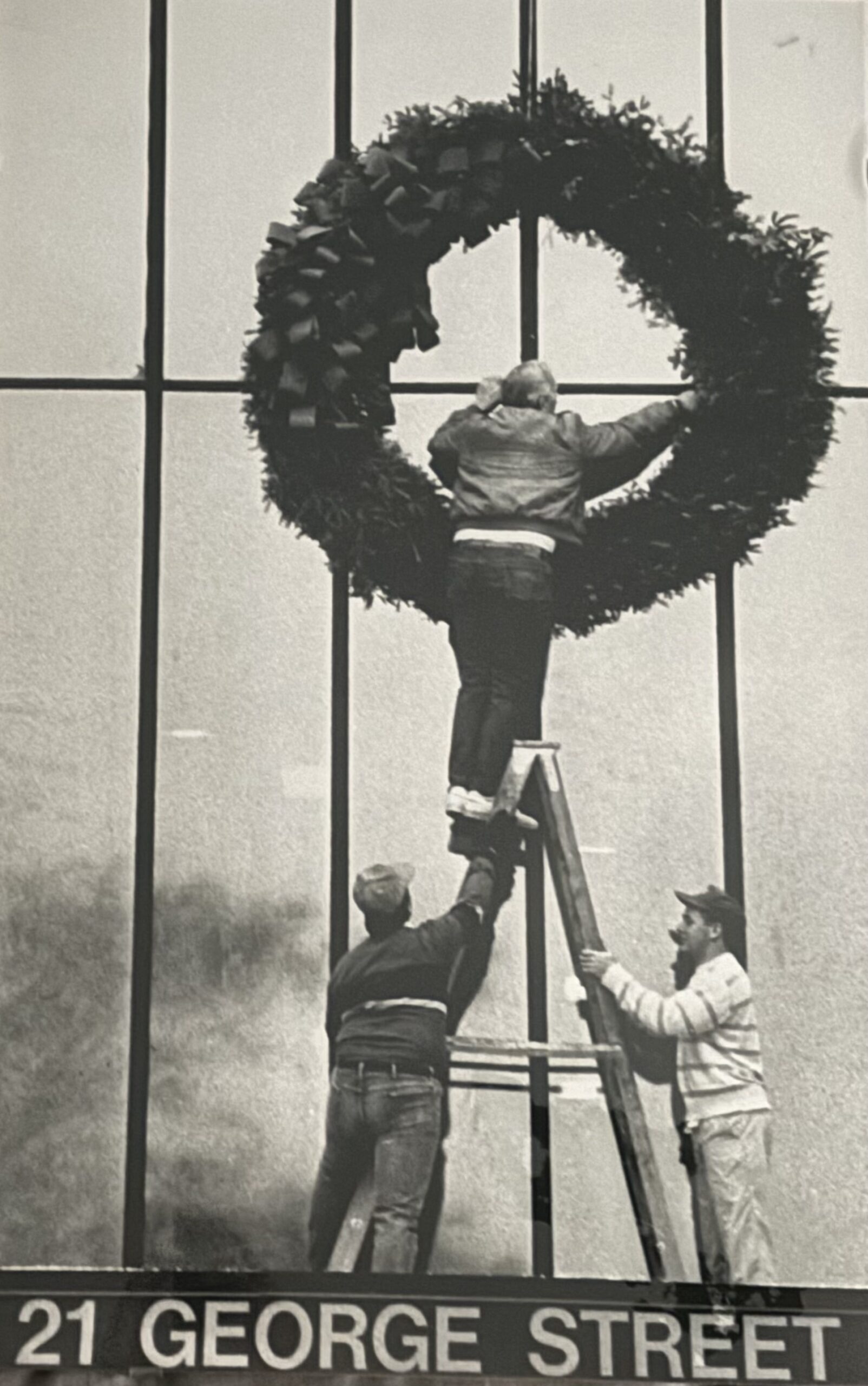I had the pleasure of being on the “How to get started in Real Estate”…

21 George Newsletter June 2024
Over the past several months we have been making some good progress on our most recent acquisition: City Vista Apartments. It is a 40-unit Class C asset in Indianapolis, IN. We have been busy setting up on management systems and implementing our value-add. It has been good to see that we are getting plenty of leasing activity and have been able to achieve our projected rents. We have also been able to convert some 1-bedroom units into 2-bedroom units to achieve higher rents for those units as well.
We do not have any new deals under contract at the moment, but we continue to look for new opportunities.
Featured Article
There are several interesting take-aways from this recent article in the Wall Street Journal…
- After slightly declining on a national average over the past year or so, median rents are already rebounding. This is happening quicker than many housing economists expected. With a record number of new housing units coming online this year, many real estate professionals predicted that rents would not show signs of growth until 2025 or 2026. But with residents staying put, and the cost of renting still cheaper than the cost of buying, these units are being absorbed quicker than expected resulting in the uptick in rents.
- The role shelter inflation plays in the inflation/interest rate discussion is interesting. Rising rents means higher shelter inflation, which negatively impacts the Feds cooling inflation campaign; they will not decrease interest rates until they are comfortable with the inflation numbers. However, lower interest rates typically spurs development, and the best way to lower housing prices is to build more residential units. Holding interest rates higher for longer means less new housing development typically resulting in higher housing prices in the future. Maybe the Fed should remove shelter inflation from the equation when determining whether to lower rates or not?
- Many northeast and Midwest markets are still seeing rent growth, while most of the Sunbelt markets that exploded over the past decade are seeing rent decline. This is largely due to the historic amount of new units being built in Sunbelt markets. While population growth does drive demand and generally increasing rents in a market, it attracts new development as well which can moderate rent growth. There are many metrics to consider when analyzing a market (including population growth), but we tend to focus on markets with strong diverse local economies as they generally perform better over time.
From a strictly Housing Economics standpoint, this article paints a positive outlook for apartment owners. With the current new housing supply being absorbed quicker than anticipated, and the higher interest rates cooling housing development to the lowest level since the early 2010’s (post GFC), rental rates should continue to climb as demand stays high and new supply slows down.

